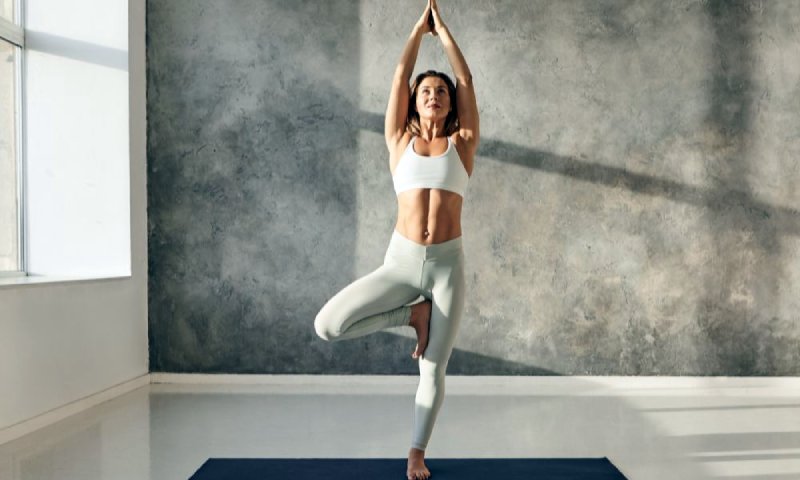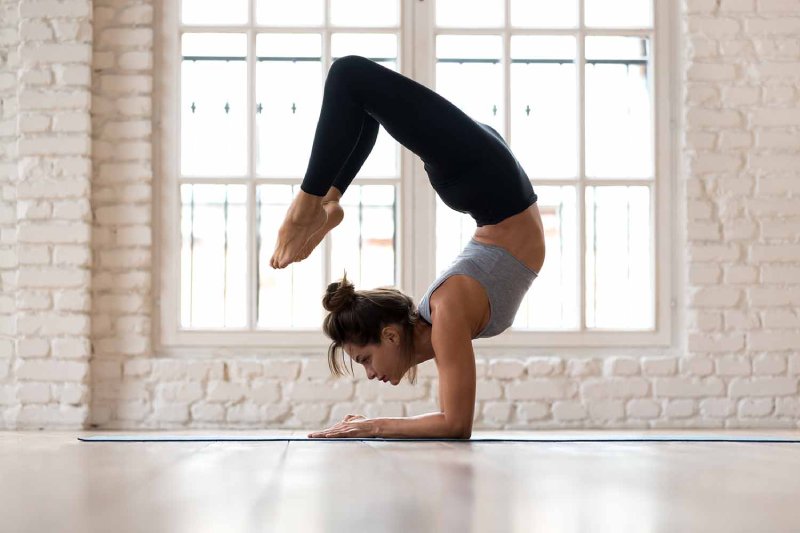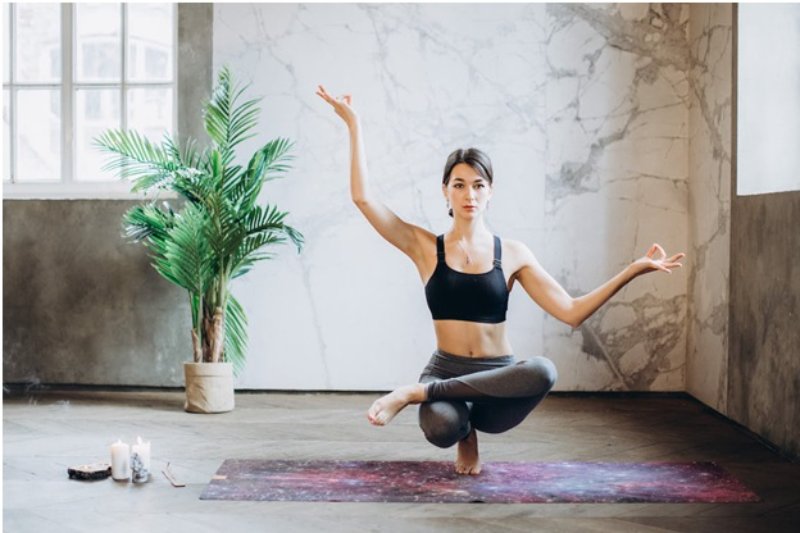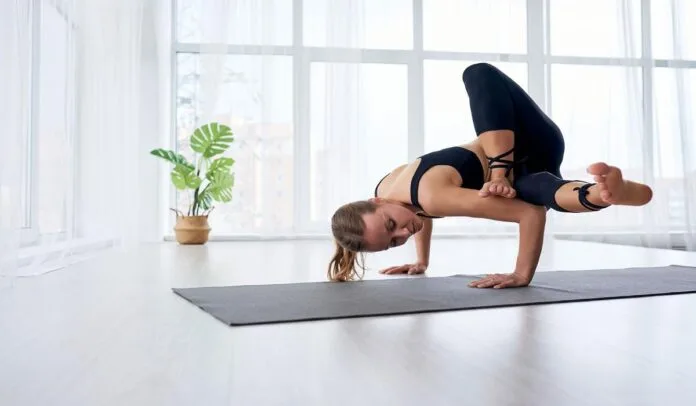Iyengar Yoga is a yoga practice that is gaining popularity around the world, known for its unique approach to yoga and detailed posture analysis. Indian yogi BKS Iyengar laid the foundations of this type of yoga.
Iyengar taught yoga not only on physical flexibility and strength, but also to develop a deep inner awareness by uniting the body and mind.
One of the distinctive features of Iyengar Yoga is a detailed analysis focusing on postures and asans. Students are given meticulous guidance for the correct execution of each wand.
This helps the student understand their body’s limitations and gain flexibility over time. At the same time, staying in postures for a long time and focusing on correct alignment can increase mental concentration, turning into a meditative experience.
Iyengar Yoga offers a disciplined approach that requires extensive training for yoga instructors. This method encourages teachers to provide corrections and accommodations to their students to suit their individual needs.
This feature enables participants at all levels to benefit and focus on their personal development. This careful and systematic approach of Iyengar Yoga has gained an important place in the yoga world by offering practitioners a profound experience on both physical and mental levels.

How to Practice Iyengar Yoga?
Iyengar Yoga is known as a yoga practice based on detailed analysis that teaches students the correct postures and positions. To practice Iyengar Yoga correctly, it is important to follow these steps:
- Basic Postures and Positions: In Iyengar Yoga, basic postures and positions are the main points to focus on to strengthen the body and gain flexibility. Postures are usually performed in standing, sitting or lying positions.
- Detailed Analysis of Postures: Each posture is taught with a special posture analysis that targets different parts of the body. The postures examined in detail in Iyengar Yoga aim to ensure the correct alignment of the body and the balanced functioning of the muscles.
- Use of Yoga Props: Auxiliary tools such as yoga blocks, straps, cushions and walls, which are frequently used in Iyengar Yoga, help students achieve correct postures more effectively. These tools allow students of all levels to perform the positions correctly.
- Staying in Postures for a Long Time: Iyengar Yoga involves staying in postures for a long time and focusing on deep breathing during this process. This can help get more benefits from the positions and increase mental awareness.
- Adjustments and Personal Adaptations: Iyengar Yoga teachers make individual adjustments and adaptations to students, ensuring that each has a practice that suits their needs. This helps students overcome challenges and develop safely.
- Sequence and Progression: Iyengar Yoga teaches postures in a specific order and progression. Students start with basic positions and progress to more challenging postures over time. This allows the body to naturally strengthen and gain flexibility.
Staying true to the core principles of Iyengar Yoga offers students a healthy and sustainable yoga practice. However, it is important to seek guidance from a professional yoga instructor before implementing this practice, especially if you have any health issues.

What are the Benefits of Iyengar Yoga?
- Physical Strength and Flexibility : Iyengar Yoga focuses on strengthening body muscles and gaining flexibility through correct alignment and detailed posture analysis. In this way, imbalances in the body can decrease and endurance can increase.
- Posture Improvement : This type of yoga helps improve posture through posture analysis and corrections. A properly aligned posture can contribute to the prevention of back and neck problems.
- Breathing Capacity and Control : Iyengar Yoga teaches deep breathing as it involves staying in postures for a long time. This can increase breathing capacity, improve the ability to cope with stress, and promote mental calmness.
- Stress Reduction and Mental Awareness : Focusing on positions and analyzing posture can increase mental awareness. This can make it easier to cope with stress and provide mental calm.
- Injury Rehabilitation: Iyengar Yoga allows for a practice where individual corrections and adaptations can be made. This property may be effective in rehabilitating injuries and relieving chronic pain.
- Strengthening the Immune System: Yoga practice can help strengthen the immune system. With regular practice, the body can become more resilient.
- Concentration and Mental Clarity : Iyengar Yoga can increase concentration through focus and conscious breathing in postures. This can positively affect mental clarity and cognitive functions.
- Muscle and Joint Health: Correct postures can support muscle and joint health. This can increase joint flexibility and strengthen muscles.
- Emotional Balancing : Yoga practice can help in achieving emotional balance. Deep breathing and mental awareness can increase the ability to cope with emotional stress.
- Emotional Balancing : Yoga practice can help in achieving emotional balance. Deep breathing and mental awareness can increase the ability to cope with emotional stress.




